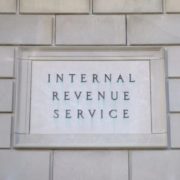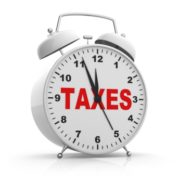Partners and Self-Employed – New guidance for PPP Loans
PPP guidance for self-employed borrowers (04-15-20)
The SBA has issued a second set of Interim Final Rules for the Paycheck Protection Program (PPP), this time focusing on how these loans work for self-employed individuals. The guidance clarifies the following issues:
- Individuals who are partners in a partnership (or LLC taxed as a partnership) should include their self-employment income from the partnership in the payroll costs of the partnership (up to $100,000) when applying for loans and calculating loan forgiveness. The partners will not qualify for loans individually based on the self-employment earnings from the partnership. The guidance does not provide any further definition of what should be included in self-employment income for the partners. For example, there is no discussion of guaranteed payments, etc. However, under IRC §707(c) guaranteed payments are subject to self-employment tax unless they are payments to limited partners.
- For Schedule C filers, the guidance is clear that the maximum loan amount (and loan forgiveness) will be based on the taxpayer’s 2019 Schedule C, even if they haven’t filed their 2019 return yet. They will be required to complete a 2019 return to apply for the loan.
- For determining the loan amount, the Schedule C filers will take the net profit from line 31 of the Schedule C (limited to $100,000), divide it by 12, and multiply it by 2.5 for the loan application. If they have employees, they will add the employees’ wages (limited to $100,000 each) and other payroll costs.
- Schedule C filers will also be required to provide a 2020 invoice, bank statement, or book of record to prove they were in business on February 15, 2020.
- Loan forgiveness for Schedule C filers will also be based on their net earnings from 2019 (8/52 of that amount, to reflect eight weeks of earnings), plus amounts paid for employee payroll costs, interest on mortgages (for real and personal property), rent, and utilities. There are no additions for health insurance premiums or retirement contributions of the self-employed individual.
- Self-employed individuals who take credits for sick time or family leave under the Families First Coronavirus Response Act will reduce their loan forgiveness by those amounts.
- Self-employed individuals who receive these loans may not qualify for unemployment.
To view the full text of the interim rules, go to:









